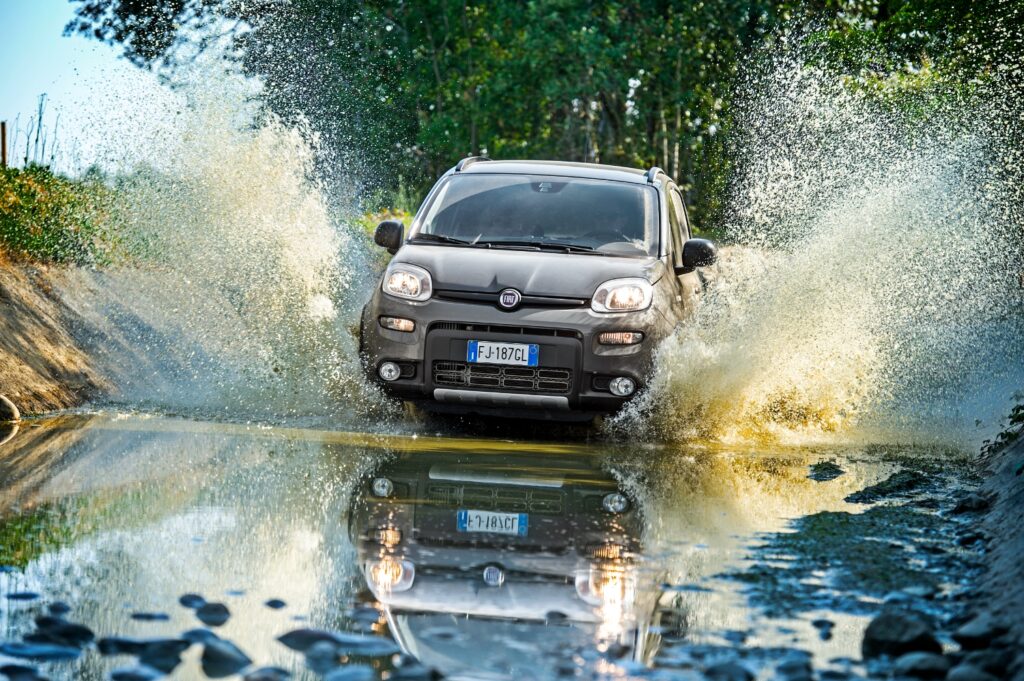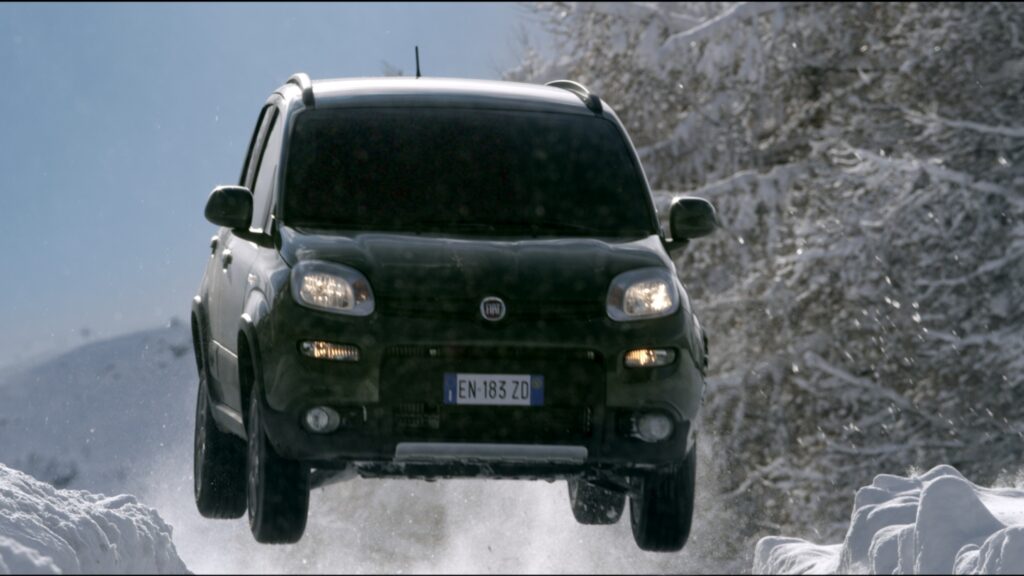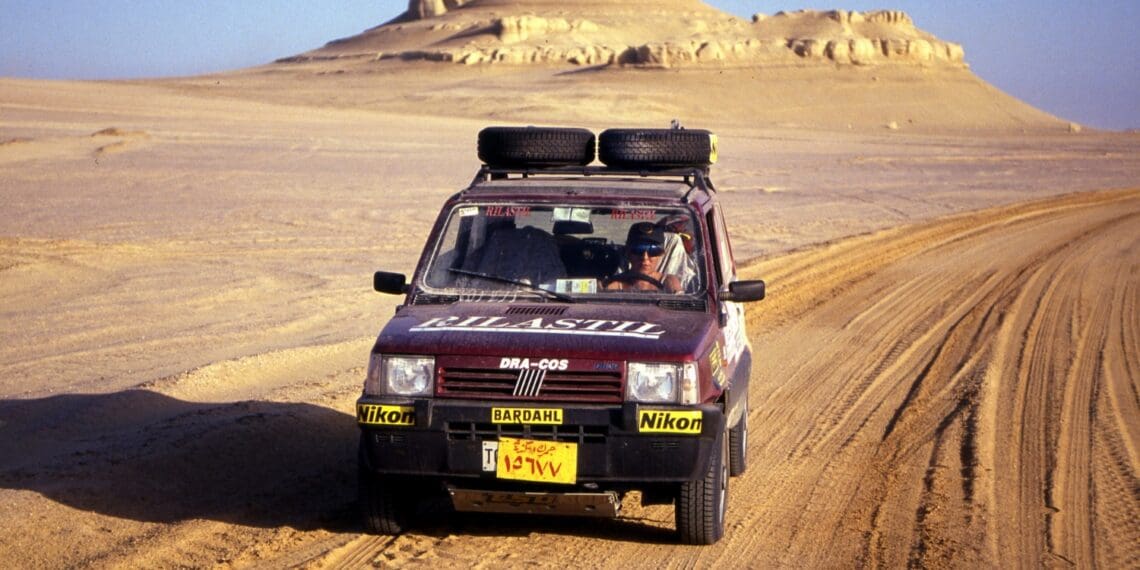The Fiat did not want to miss celebrating the 40 years of the Panda 4×4, and decided to do it in style, through the team of the Heritage Department of Stellantis that marks the occasion with the restoration of a 2001 Trekking version, a model with few kilometers that served as a service vehicle at the Mirafiori factory in Turin, throughout its life.

The restored model, which made its debut at the latest edition of the Auto e Moto d’Epoca show in Bologna, arousing curiosity and praise for the conservation work carried out by the Heritage team, has now been put up for sale.
This 4X4 Heritage model never left the Fiat factory and features a 1,108 cc engine with 54 hp and has less than 40,000 km registered on the odometer.
With this special model, the Italian brand celebrates the 40 years of the timeless Panda 4×4, which made its debut in 1983, just three years after the official debut of the model designed by Giorgetto Giugiaro, the famous compact two-volume, two-door hatchback with front-wheel drive.




Based on the initial success of the Panda, Fiat decided to launch a version with four-wheel drive with off-road capabilities and, above all, at an affordable price, in full respect of the company’s production philosophy that aims to make the most advanced technology simple and accessible to everyone, in addition to providing the charm and joy characteristic of the Italian lifestyle.
That was the reason why Fiat turned to Steyr-Puch, a leader in the four-wheel drive sector, in 1983 to transform the versatile city car into a small and lightweight off-road vehicle. Specifically, the 4×4 system developed for the Panda was simple and robust: just pull the gear lever on the transmission tunnel to provide traction to the rear wheels without the support of a central differential – hence the recommendation to use it on low-grip surfaces and at low speed.

The production took place in two phases: in Austria, the entire transmission (clutch, gearbox, transmission shaft in three sections, rear axle with differential and brakes) was produced and then sent to the Fiat factory in Termini Imerese (PA) to be assembled with the rest of the vehicle.
The five-speed gearbox was another unique feature of the all-wheel drive model, which was equipped with a 965 cm³ engine and 48 HP – a displacement that would later be increased to 1108 cm³ in the final versions – the Panda 4×4 was then the first example of a city car with a transverse engine and a four-wheel drive system.

With three generations and several special editions, the Panda 4X4 also had a Dakar version, designed to face the tough tracks of the legendary off-road race in 2017, equipped with a 2.0 Multijet engine with 180 HP, becoming the first Fiat model, derived from an urban vehicle, to cross the finish line of the most famous off-road adventure race.











